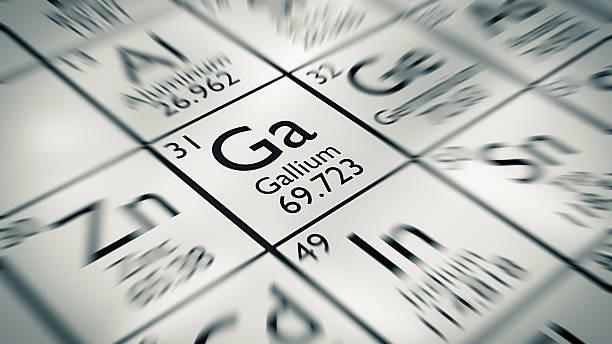Copyright yahoo

A team of researchers in Japan has made a significant breakthrough in hydrogen fuel storage. According to Interesting Engineering, researchers have found a cost-effective replacement for traditional catalysts, which are necessary for hydrogen storage but typically expensive. In order to produce and store hydrogen, scientists need a catalyst, a substance that acts as a stimulus to jumpstart the process. However, one of the main challenges in successfully harnessing hydrogen energy is finding an economical catalyst. Traditionally, scientists have relied on platinum as the catalyst; however, platinum is expensive, especially for large-scale applications. As research published in the journal ACS Catalysis detailed, and IE summarized, scientists have discovered "an inexpensive, high-performance" alternative to platinum. Nicknamed "green rust," the iron hydroxide mineral helps to release hydrogen from sodium borohydride and is more common than precious metals like platinum, making it a more affordable catalyst. For the renewable energy industry, this discovery has exciting implications. As a form of clean energy, hydrogen energy doesn't emit any harmful pollutants into the atmosphere; instead, it only produces water and heat. However, due to the cost of storing hydrogen energy, its full potential has not been tapped. This new innovation in hydrogen storage, though, provides companies with a practical and affordable solution for adopting hydrogen power. "We expect that our catalyst will be used for hydrogen fuel cells in many onboard applications like cars and ships," lead researcher Dr. Yusuke Ide told IE. "This will hopefully lead to various forms of emission-free mobility." Previously, green rust was considered "too unstable" for hydrogen storage, noted IE. However, the researchers found that by adding a copper chloride solution to the iron hydroxide, the material not only becomes stable but also more efficient. Perhaps the cherry on top, though? "The green rust structure absorbs sunlight," as IE wrote. As a result, the added solar energy increases the final hydrogen production and improves overall efficiency. Moving forward, the researchers see this innovation encouraging the adoption of hydrogen energy around the world. "With low-cost [sodium borohydride] production already being developed and pilot projects using the technology in hydrogen-powered ships, this advancement could accelerate the global shift to clean hydrogen energy," concluded a press release from the Research Center for Materials Nanoarchitectonics. Join our free newsletter for weekly updates on the latest innovations improving our lives and shaping our future, and don't miss this cool list of easy ways to help yourself while helping the planet.



